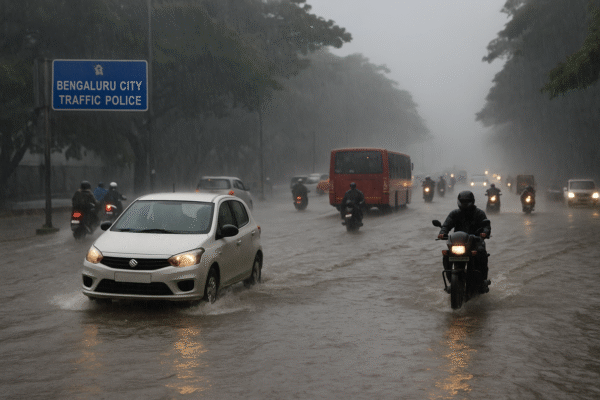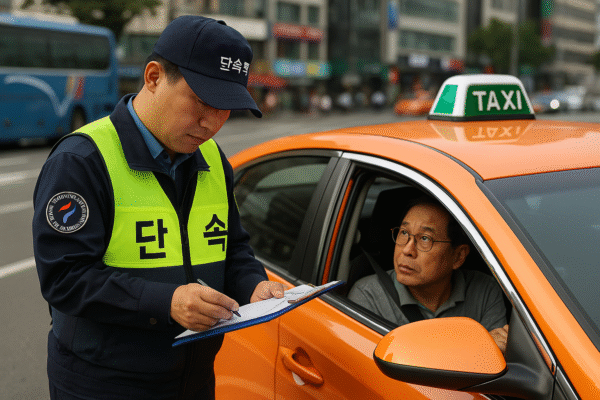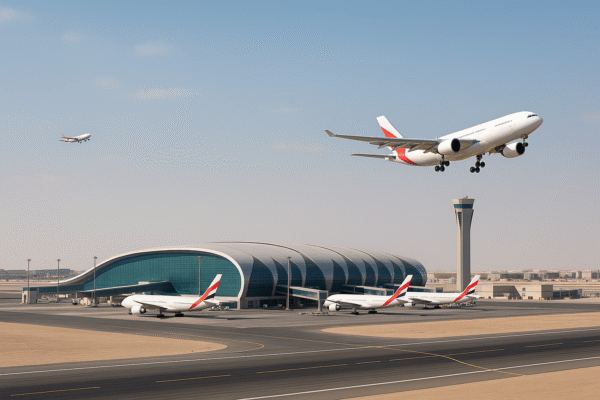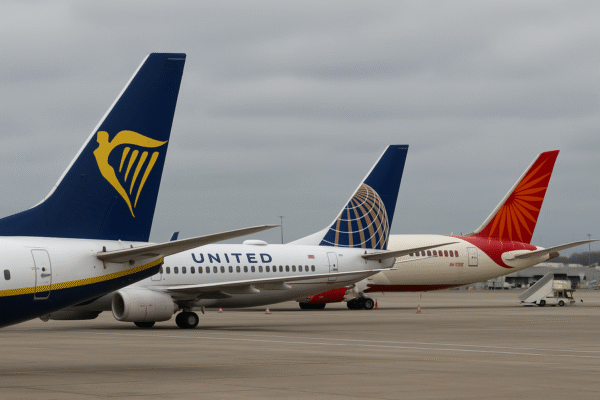The aviation industry is experiencing an alarming surge in technical malfunctions, with major players like Ryanair, United Airlines, and Air India facing unprecedented disruptions that have left thousands of travelers stranded or delayed. These incidents—occurring across key tourism corridors in Europe, North America, and Asia—are not just operational hurdles; they are reshaping passenger confidence in global air travel.
As travelers prepare for long-awaited vacations, work trips, or family reunions, technical breakdowns are raising critical concerns about the reliability of modern flight infrastructure and the readiness of airlines to manage tech-driven emergencies.
Ryanair’s Flight Diversion: A Cautionary Mid-Air Glitch
On August 5, 2025, Ryanair Flight FR504, scheduled from Dublin to Bristol, was abruptly diverted to Cardiff Airport after the crew detected a general emergency indicator mid-flight. The Boeing 737 MAX 8 landed safely, and all passengers disembarked without injury. While Ryanair attributed the diversion to a “minor technical issue,” the incident sparked unease among passengers already on edge from rising flight uncertainties.
This disruption highlights the critical role that aircraft software plays in modern aviation. Despite being labeled “minor,” such glitches can alter itineraries, stress logistics, and increase operational costs for airlines and tourists alike.
United Airlines Grounds Flights Nationwide After System Crash
Just one day later, United Airlines suffered a massive technical outage across the United States. A failure in its Unimatic system—responsible for managing flight performance data—forced a nationwide ground stop on August 6, 2025. More than 1,000 flights were delayed, with approximately 200 canceled, according to the FAA.
Passengers at major U.S. airports including Chicago O’Hare, Newark Liberty, Denver International, and San Francisco were left scrambling for alternatives. Although the software glitch was resolved within hours, its ripple effect on connecting flights and international itineraries was substantial.
The Unimatic failure is a stark reminder that even short-lived technical outages can paralyze entire networks and shake global travel confidence.
Air India Cancels Delhi-Milan Flight Moments Before Takeoff
Back in Asia, Air India aborted its Delhi-to-Milan flight on the tarmac due to a critical technical malfunction identified during pre-flight checks. Though the airline acted promptly to cancel the flight for safety reasons, passengers expressed frustration over last-minute disruptions and inadequate real-time communication.
For India, a growing hub for outbound tourism to Europe and the Middle East, such incidents underscore the pressure on national carriers to modernize their fleets and upgrade maintenance protocols in line with international standards.
The Bigger Picture: Are Aging Systems Failing Modern Travelers?
Across the board, 2025 has become a year of reckoning for airline technology. While digitalization promised smoother operations and better passenger experiences, the complexity of legacy systems—some dating back decades—is becoming a liability. Many airlines rely on outdated infrastructure for operations like check-in, baggage handling, and weight-balancing. A single malfunction in these systems can halt thousands of flights.
Global aviation watchdogs, including the International Civil Aviation Organization (ICAO), have urged carriers to accelerate IT infrastructure upgrades and implement real-time redundancy protocols to prevent such failures.
Tourism Industry Faces a Domino Effect
For the broader tourism industry, the consequences go beyond flight delays. Tour operators, hotels, and local economies feel the impact as itineraries fall apart. Missed tours, lost hotel nights, and rearranged ground transportation are becoming frequent traveler complaints.
In cities like Rome, New York, and Bangkok, where seasonal tourism peaks in August, the domino effect of airline glitches is causing economic ripple effects. A study by the World Travel & Tourism Council (WTTC) estimates that every canceled international flight can result in a $75,000–$100,000 economic loss to the local tourism sector.
Traveler Confidence at Risk: An Industry Under Pressure
Perhaps the most significant cost of these tech failures is the erosion of passenger trust. Travel, once seen as a seamless global connector, is now seen by many as a gamble of reliability. Social media platforms are flooded with complaints of missed weddings, stranded families, and ruined holidays.
While safety has not been compromised in any of the major incidents, the perceived instability in airline systems is enough to deter cautious travelers, especially seniors, families with children, and business travelers on tight schedules.
What Airlines Are Doing to Rebuild Trust
In response, airlines are implementing several countermeasures:
- System Upgrades: Airlines like United are investing in cloud-based platforms that can function even if legacy systems go offline.
- Real-Time Passenger Alerts: Ryanair and others are enhancing mobile app notifications and SMS alerts for faster traveler updates.
- Maintenance Protocol Overhaul: Air India has committed to intensifying pre-flight system checks and modernizing its aircraft diagnostics.
These steps are essential, but experts agree that meaningful change requires collaboration between airlines, tech providers, and regulators to build future-ready systems.
Final Thoughts: Preparing for a New Era of Smart Aviation
As we move toward a hyper-connected travel ecosystem, the aviation industry must reframe how it manages technical risk. Investments in AI-powered predictive maintenance, redundancy-driven software architecture, and cross-border operational coordination will be the foundation of tomorrow’s reliable travel.
For now, travelers are advised to check flight status frequently, book travel insurance, and build in buffer times for international connections. While flying remains statistically the safest mode of transport, reliability—especially in times of tech trouble—is quickly becoming the new benchmark for trust in aviation.
For more travel news like this, keep reading Global Travel Wire















